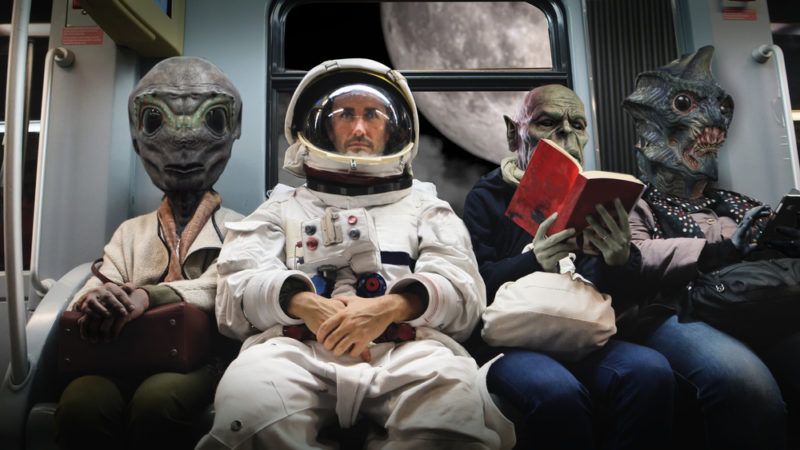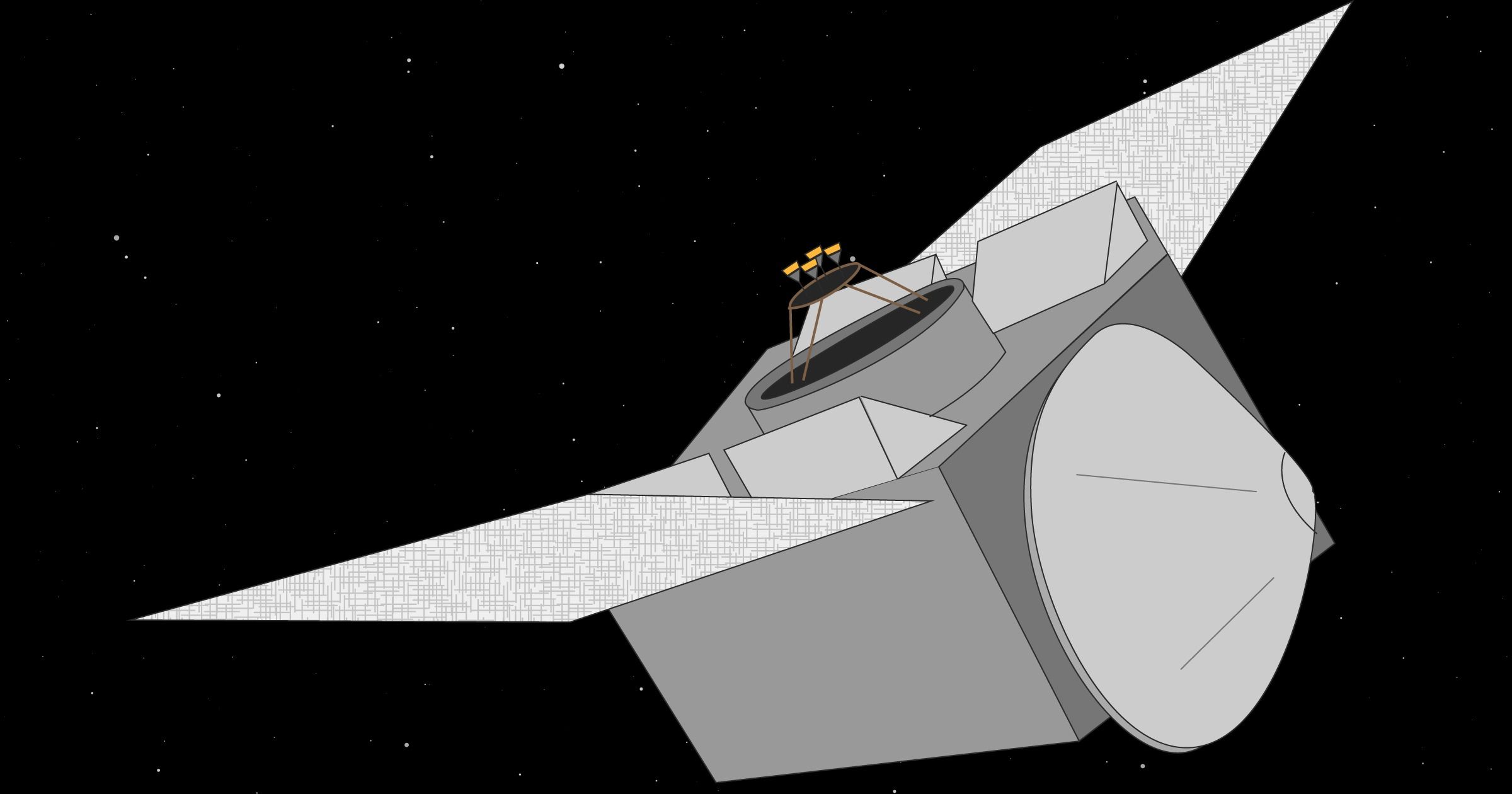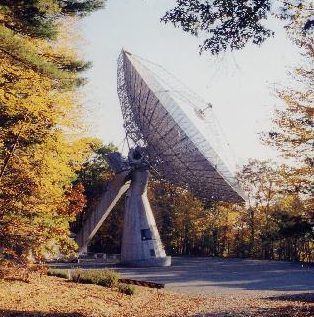UberAir will fly electric passenger drones on short trips, the U.S. Army is researching Uber’s tech, and NASA has forged an agreement with the flying taxis.



It’s not a bird, nor a plane. But Uber’s new prototype vehicle unveiled Tuesday shows off its vision of the future of transportation—a “flying taxi” that aims to alleviate urban congestion.
A model of Uber’s electric vertical take-off and landing vehicle concept (eVTOL)—a cross between a helicopter and a drone—was displayed at the second annual Uber Elevate Summit in Los Angeles.
“Our goal is to radically improve global mobility,” said Uber Aviation product chief Nikhil Goel.


Today we take an amusing look at how science fiction is often portrayed in a jarring way especially when dealing with the topic of life extension.
Those of us who fancy science fiction stories are used to all sorts of technological miracles taking place in them; some are plausible and might become reality at some point in the future, while others are mere fantasies, artistic liberties that are taken to tell a better story and will likely never translate into real-life technologies—or, if they will, they will do so at the cost of rethinking fundamental principles that we’ve thus far considered to be fully established.
In science fiction, we’ve seen faster-than-light travel, teleportation, portals, energy weapons, strong AI, telepathic powers, and radiation-induced superpowers of all kinds; unfortunately, the only “superpower” known to be actually induced by radiation thus far is cancer. Entire imaginary worlds have revolved around the existence of one or more of these marvels, and series and shows have assumed that they’re possible and imagined what our society would be like with them, but one particular possibility has been neglected or relegated to one or two episodes and then forgotten, as if it was of no importance whatsoever: the defeat of aging.

Today, we have an interview with the Longevity Research Institute, a new group set to launch in April 2018 of this year. The goal of the Institute is to identify therapies that can demonstrably extend healthy human lifespan by 2030 at the latest.
Searching for longevity
There are dozens of compounds and therapies that have been demonstrated to increase the lifespan of mammals. Recently, there have been some impressive examples of rejuvenation in animals using a variety of approaches, including partial cellular reprogramming, stem cell therapy, and senescent cell removal. More importantly, in many of these studies, age-related diseases have been delayed or even reversed.
A hilarious but accurate (!) introduction to bitcoin and cryptocurrencyby the British comedian John Oliver.
Digital currencies are generating a lot of excitement. John Oliver enlists Keegan-Michael Key to get potential investors equally excited about the concept of caution.
Connect with Last Week Tonight online…
Visit our official site for all that other stuff at once: http://www.hbo.com/lastweektonight
Find Last Week Tonight on Facebook like your mom would: http://Facebook.com/LastWeekTonight

Sending a spacecraft to the far reaches of our solar system to mine asteroids might seem like an improbable ambition best left to science fiction. But it’s inching closer to reality. A NASA mission is underway to test the feasibility on a nearby asteroid, and a niche group of companies is ramping up to claim a piece of the pie.
Industry barons see a future in finding and harnessing water on asteroids for rocket fuel, which will allow astronauts and spacecrafts to stay in orbit for longer periods. Investors, including Richard Branson, China’s Tencent Holdings and the nation of Luxembourg, see a longer-term solution to replenishing materials such as iron and nickel as Earth’s natural resources are depleted.
Millions of asteroids roam our solar system. Most are thought unsuitable for mining, either because they’re too small, too inaccessible to Earth or because the materials that make up the asteroid have little value. But we know of almost 1,000 asteroids that show potential. Timing is everything, though. The varied orbits of these asteroids mean that many are nearby only once every several years.

Giant lasers may indeed launch fleets of spacecraft to Alpha Centauri, given breakthroughs in the science behind extraordinarily thin, incredibly reflective sails that can catch this laser light, a new study finds.

The Fermi Paradox poses an age-old question: With light and radio waves skipping across the galaxy, why has there never been any convincing evidence of other life in the universe—or at least another sufficiently advanced civilization that uses radio? After all, evidence of intelligent life requires only that some species modulates a beacon (intentionally or unintentionally) in a fashion that is unlikely to be caused by natural phenomena.
The Fermi Paradox has always fascinated me, perhaps because SETI spokesperson, Carl Sagan was my astronomy professor at Cornell and—coincidentally—Sagan and Stephen Spielberg dedicated a SETI radio telescope at Oak Ridge Observatory around the time that I moved from Ithaca to New England. It’s a 5 minute drive from my new home. In effect, two public personalities followed me to Massachusetts.
What is SETI?
In November of 1984, SETI was chartered as a non-profit corporation with a single goal. In seeking to answer to the question “Are we alone?” it fuels the Drake equation by persuading radio telescopes to devote time to the search for extraterrestrial life and establishing an organized and systematic approach to partitioning, prioritizing, gathering and mining signal data.

Many of us associate astronomer Carl Sagan and Hollywood director, Stephen Spielberg, with SETI. They greased the path with high-profile PR that attracted interest, funding and radio-telescope partnerships. But, they were neither founders nor among the early staff. The founders, John Billingham and Barney Oliver assembled a powerhouse board of trustees, which included Frank Drake (Sagan’s boss at Cornell), Andrew Fraknol, Roger Heyns and William Welch. Among first hires were Jill Tarter, Charles Seeger, Ivan Linscott, Tom Pierson and Elyse Murray (now Elyse Pierson). Of course, Carl Sagan was advocated for the search for extraterrestrial intelligence, and he joined SETI as Trustee near the end of his life.
In The Birth of SETI, Tom Pierson reminisces about the early days of SETI. Also check out SETI pioneer, Jill Tarter, explaining how to write a message that will be understood by an alien civilization.
There is a lot of lore and love surrounding SETI, because its goal pulls directly on our need to understand our place in the cosmos. This week, SETI is going through a bit of transformation as it prepares for the next chapter in the search. So, where are the aliens? Are the funds and brainpower spent on peeping for aliens an investment in our own civilization, a form of entertainment, or a colossal waste?
This fascinating video offers 10 plausible solutions to Fermi Paradox. Fascinating, that is, if you can get past John Michael Godier’s dry, monotone narration. But. take my word for it. The concept and the content is exciting.
Police cars might soon be able to track your face.